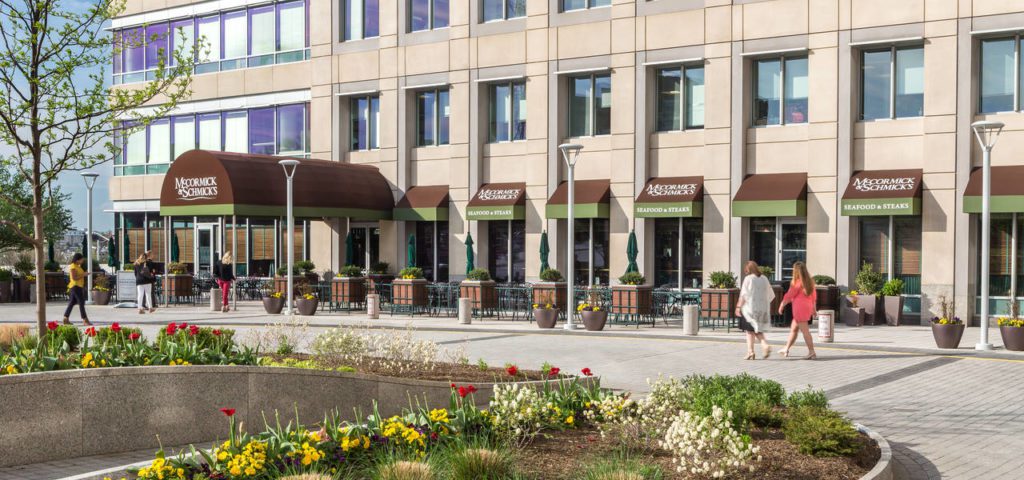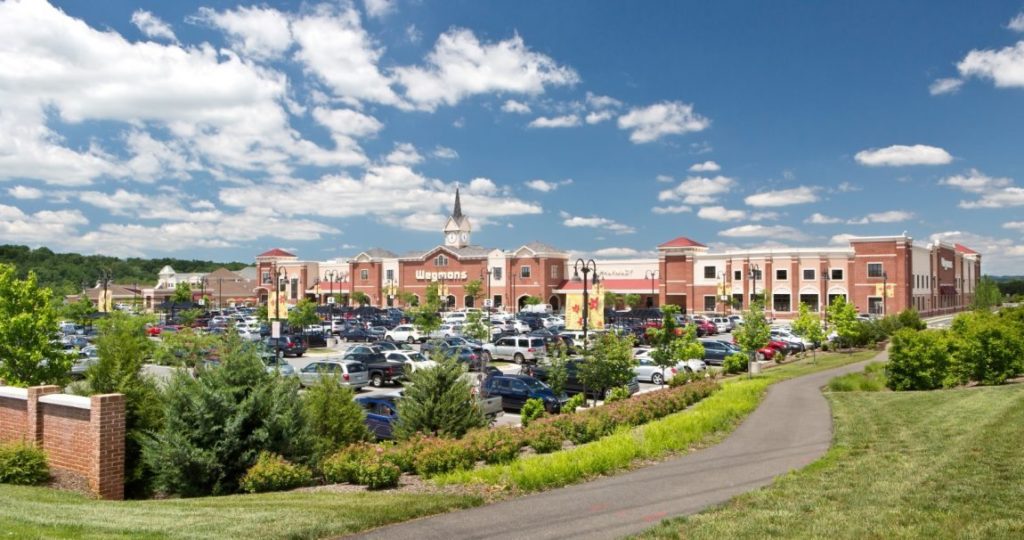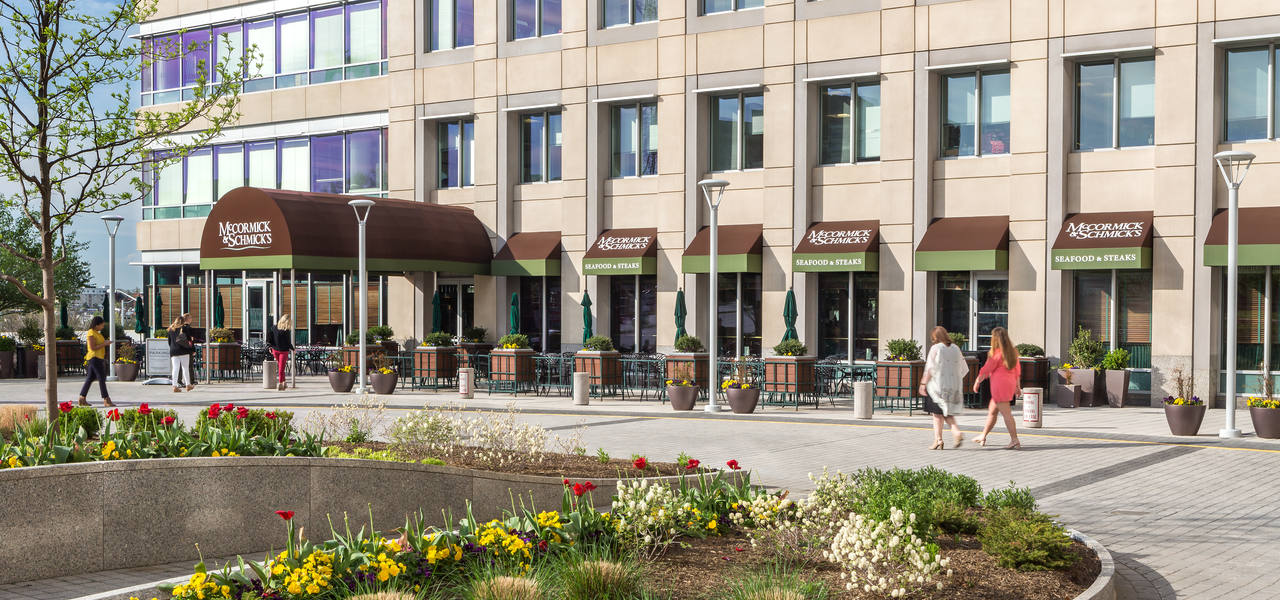A second generation (or 2nd-Gen) space is one that is reusable by a new tenant often in the same category of work or industry as the prior tenant. An office space that was occupied and fitted out by one company now being taken over by a subsequent company (who will use most of the same fittings) is a 2nd-Gen space.
Restaurants, in particular, can be a very tough business nut to crack, and this has been exacerbated by the Covid-19 pandemic, making 2nd-Gen spaces an opportunity for a new establishment (or new branches) to hit the ground running.
Savvy Savings
This can be very useful for the incoming tenant, especially in the case of restaurants as these often require specific or specialized fittings. For a new restauranteur, start-up costs including build-outs and fitting out your kitchens and dining areas can be prohibitive, and are often a significant barrier to getting your business off the ground.
Modern Restaurant Management writes: “Avoiding the overall build-out can save business owners thousands in up-front costs especially with land prices and construction labor costs continuing to rise.”
Franchise boom
Restaurant Dive reports that one category thriving at the moment is food franchises and “fast casual” dining within that, and that many are looking for 2nd-Gen spaces in particular. They spoke to a sandwich chain’s franchise sales and real estate director who told the publication: “There’s a pool of second-generation retail space that is already fully built out for the chain’s needs … Landlords are also willing to negotiate attractive terms to fill those spaces”.
“For franchisees, cost savings can be as much as 50% of the initial investment to lease a second- generation space. These savings help speed up the time it takes to open a restaurant from six to nine months to just three months,” the article continues.
Supply and Demand
Rappaport’s Senior Director of Brokerage Pat O’Meara says he’s seen an uptick in demand for and leasing of these 2nd-Gen spaces.
“Raising money, both from traditional lenders as well as private investors, for restaurants can be challenging these days, given what took place during the pandemic. The apparent never-ending increase in construction costs certainly doesn’t help either. If a restaurateur can drastically cut the necessary capital to open a restaurant by taking second-gen space, why wouldn’t they first focus on those opportunities? Even great sites that happen to be new construction are having a hard time competing with sites that might be inferior real estate but have the valuable infrastructure in place.”
Additionally, he says, landlords of these spaces are keen to work with new tenants, as the locations usually require little more than a gentle renovation or rebrand, and perhaps a few tactical equipment upgrades – which can come available at substantial discounts.
Opportunities Now
With the strength of our experience on both sides of the landlord and tenant relationship, Rappaport has particular expertise in understanding the leasing of such spaces, and we currently have a number of suitable 2nd-Gen spaces waiting for the right restaurant right now:
- 8484 Westpark Drive – Former McCormick and Schmidt’s Restaurant in Tysons Corner

- 720 7th Street NW – Former La Tasca Restaurant in Downtown D.C. Or explore this space via a virtual reality tour here.

- There are also currently a few 2nd-Gen spaces at the popular Village at Leesburg and the recently renovated Pointer Ridge.

To learn more about the 2nd-Gen spaces we have available, click on the links below.



